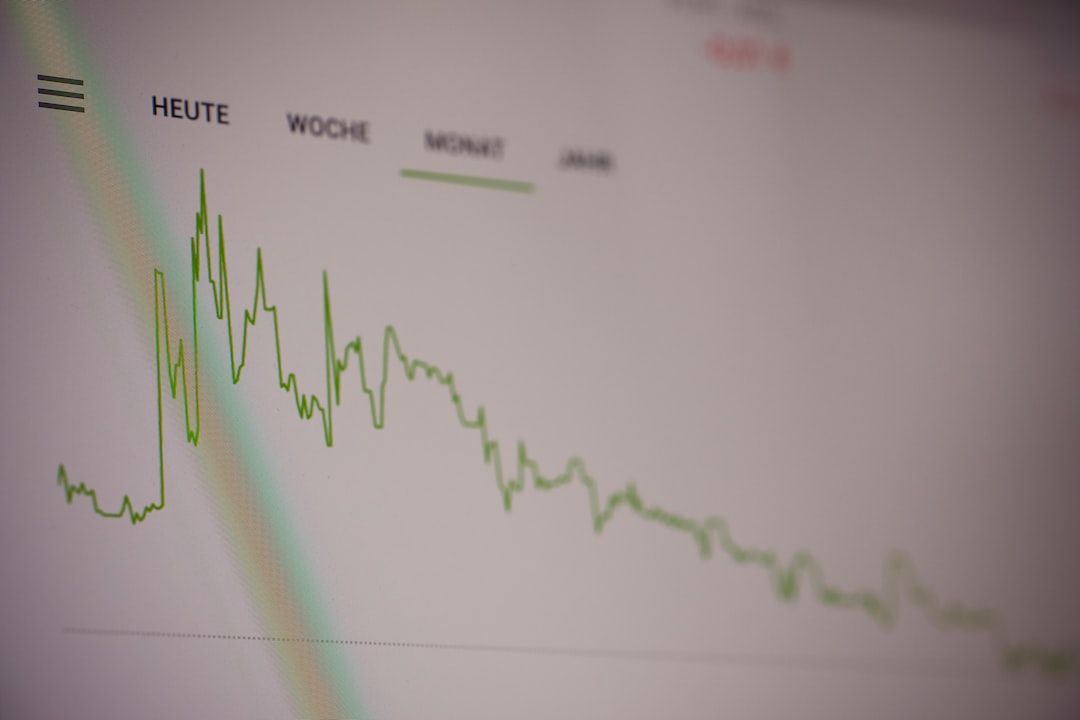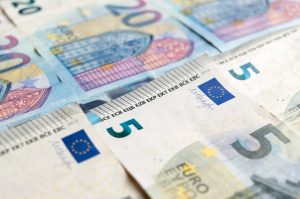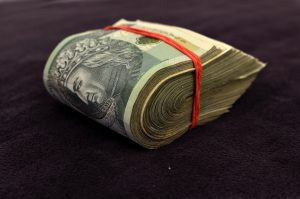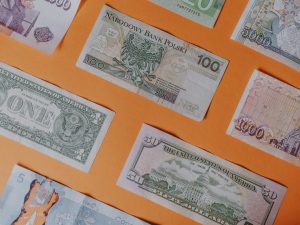The foreign exchange market, or forex, is one of the largest financial markets in the world, with trillions of dollars traded every day. Forex trading involves buying and selling currencies with the aim of making a profit. However, forex trading can be risky and unpredictable, which is why it is important to use a stop loss. A stop loss is an order placed with a broker to sell a currency pair when it reaches a certain price level, in order to limit potential losses. In forex trading, the stop loss is measured in pips.
What are pips?
A pip is a unit of measurement used in forex trading to represent the smallest price movement that a currency pair can make. The word pip stands for “percentage in point” or “price interest point”. In most currency pairs, a pip is equivalent to 0.0001 of the quoted currency. For example, if the EUR/USD currency pair is trading at 1.1200, a movement of one pip would be a change in the fourth decimal place, so the new price would be 1.1201.
How to calculate the value of a pip?
The value of a pip depends on the size of the trade and the currency pair being traded. To calculate the value of a pip, you need to know the following:
– The currency pair being traded
– The exchange rate of the currency pair
– The trade size
Once you have this information, you can use the following formula to calculate the value of a pip:
Value of a pip = (0.0001 / exchange rate) x trade size
For example, if you are trading the EUR/USD currency pair and the exchange rate is 1.1200, and your trade size is 10,000 units, the value of a pip would be:
Value of a pip = (0.0001 / 1.1200) x 10,000 = $0.89
This means that if the price moves one pip in your favor, you would make $0.89 profit. If the price moves one pip against you, you would lose $0.89.
How to measure the stop loss in pips?
When setting a stop loss in forex trading, it is important to choose a level that is appropriate for the trade and the market conditions. A stop loss should be placed at a level where, if the price reaches that level, it would indicate that the trade is no longer viable and it is time to exit the trade. The stop loss should be placed at a level that is above the entry price for a short trade, and below the entry price for a long trade.
To measure the stop loss in pips, you need to determine the difference between the entry price and the stop loss price, and then convert that difference into pips. For example, if you are trading the EUR/USD currency pair and you enter a long trade at 1.1200, and you decide to place a stop loss at 1.1150, the difference between the entry price and the stop loss price is 50 pips.
It is important to note that the distance of the stop loss from the entry price should be based on the volatility of the market and the size of the trade. A larger trade may require a wider stop loss to allow for fluctuations in the market, while a smaller trade may require a tighter stop loss to limit potential losses.
Conclusion
Measuring the stop loss in pips is an important aspect of forex trading. It allows traders to limit potential losses and manage risk effectively. By understanding the value of a pip and how to calculate the stop loss in pips, traders can make informed decisions when setting their stop loss levels. However, it is important to remember that forex trading is inherently risky, and no strategy can guarantee success. Traders should always do their own research and consult with a professional before making any trades.






